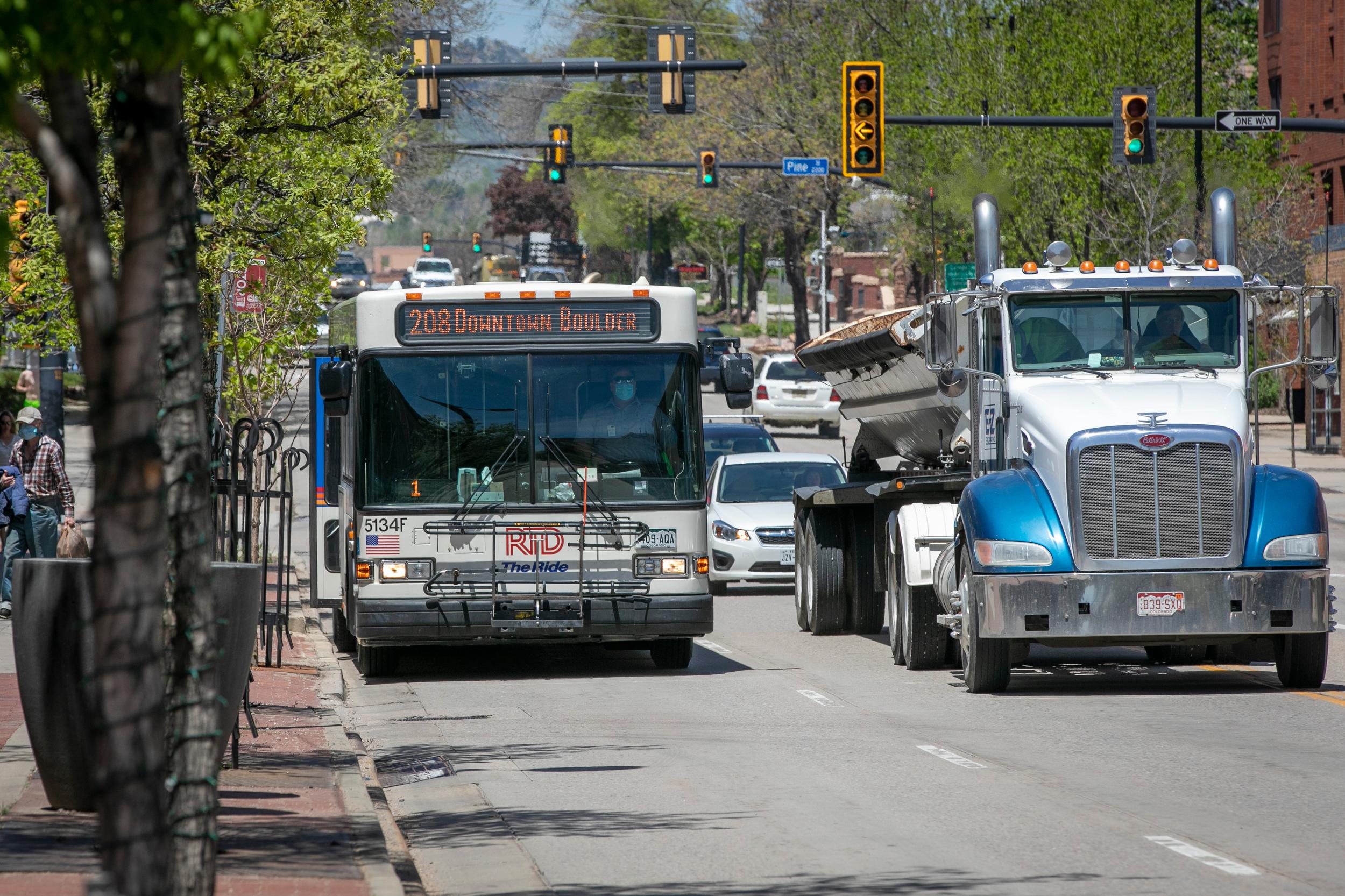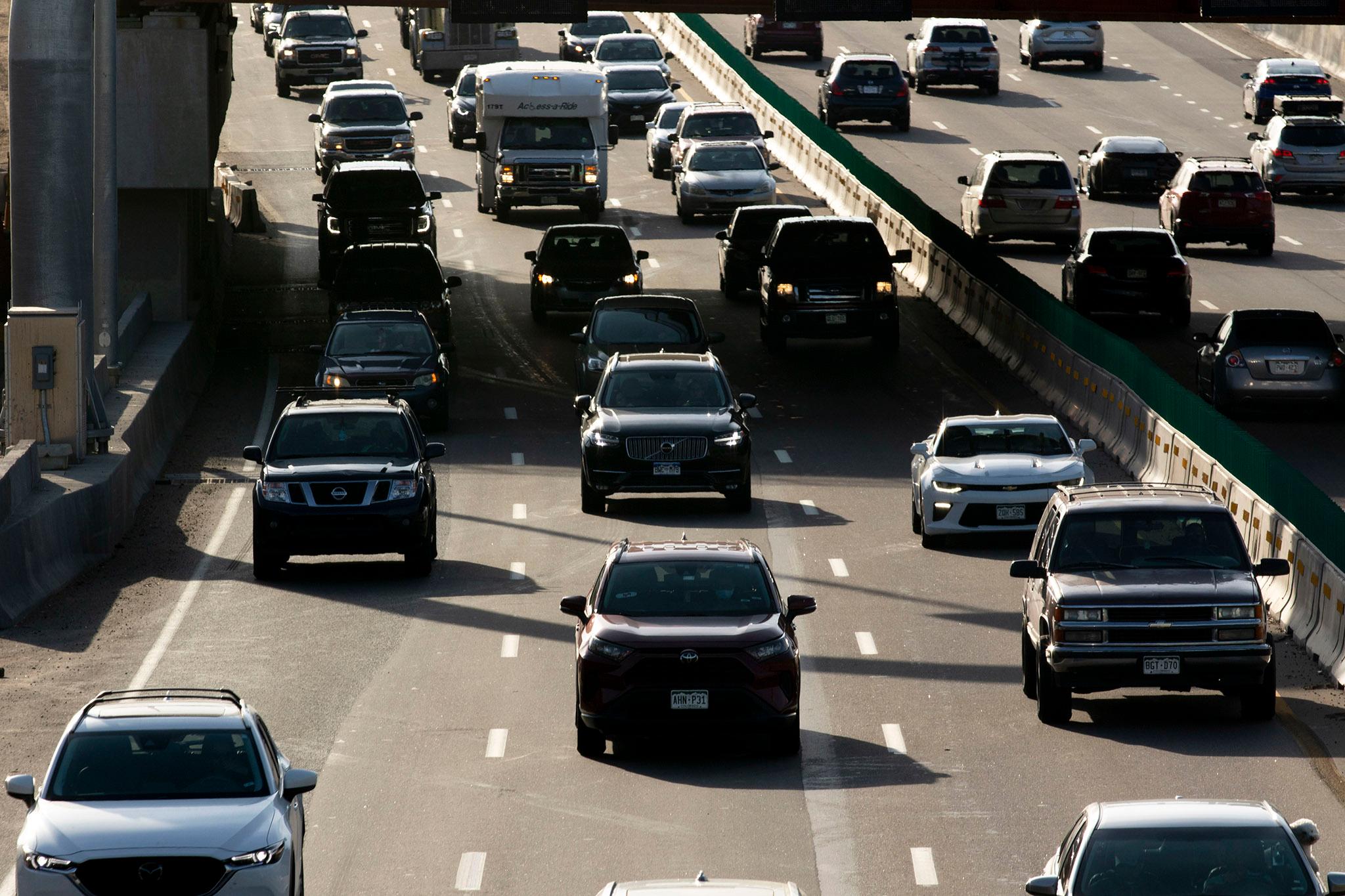
Updated 8:47 p.m.
Boulder County will take control of more than $34 million in federal relief funding for transit service.
The money comes from the $1.9 trillion American Rescue Plan, which Congress passed earlier this year. Roughly $338 million from that was to go to the Denver area’s largest transit provider, the Regional Transportation District.
The $34.2 million of that funding meant for the Boulder, Longmont and Lafayette-Louisville-Erie areas first had to flow through the state Department of Transportation. CDOT and Boulder County leaders were unhappy with the lack of bus service there and pressured RTD to increase service or give up control of the money.
Boulder County and RTD sent a letter to CDOT Tuesday requesting that the money be transferred from CDOT directly to Boulder County.
“RTD and Boulder County are committed to working together with CDOT, [the Federal Transit Administration], and all our agency partners to provide safe, affordable, equitable and sustainable transit service…” the letter reads.
The Federal Transit Administration will also have to approve the shift.
Boulder County officials will work with local communities, the state and RTD to determine exactly how the federal dollars will be used, said Kathleen Bracke, Boulder County’s deputy director of community planning and permitting. She also sits on the Colorado Transportation Commission, which oversees CDOT.
“What’s helpful in that approach is that it provides flexibility and opportunity for partnerships, and to be able to make sure that the dollars that are intended for these geographic areas are put to use for restoring transit in these specific areas,” Bracke said.
County leaders have pushed RTD to restore different routes that were popular before the pandemic. Those include more varieties of the Flatiron Flyer rapid bus route between Denver and Boulder, two express commuter buses between Denver and Longmont and other local bus services.
Boulder-area leaders, including Gov. Jared Polis, have also long been frustrated with RTD over its inability to deliver the Denver-Boulder-Longmont commuter rail line first promised in the 2004 voter-approved FasTracks plan.
RTD staff have said that it doesn’t have enough drivers to restore more service anywhere in the district. The agency is currently operating about 70 percent of its pre-pandemic service.
Federal requirements to avoid disparate impacts on low-income and minority populations also complicate its ability to restore more service in Boulder County, RTD staff say. That area has a whiter and wealthier population than much of RTD’s other service areas.
But Bracke said Boulder County does have its own vulnerable populations that need transit service.
“That’s very important to us,” she said.









